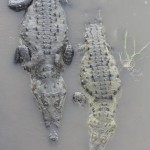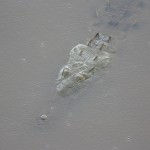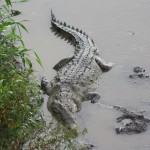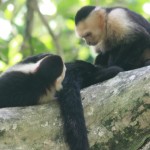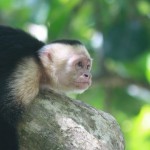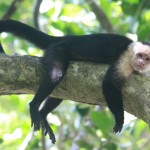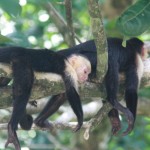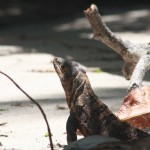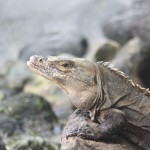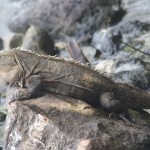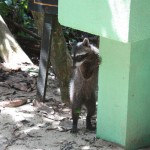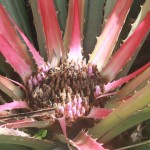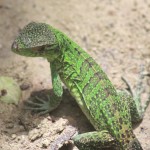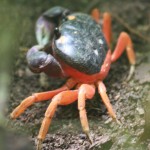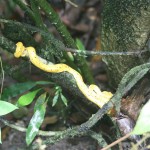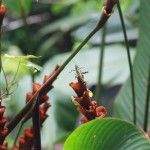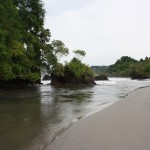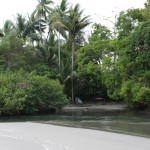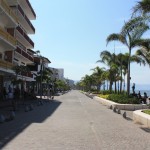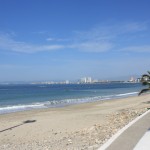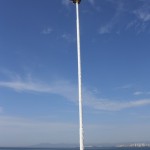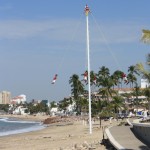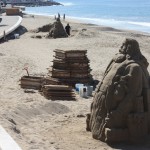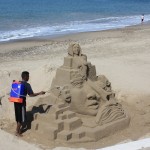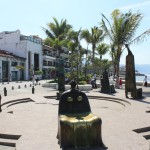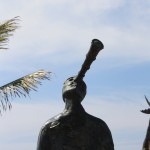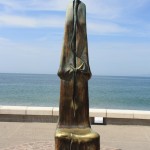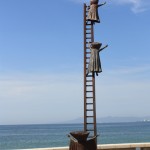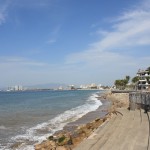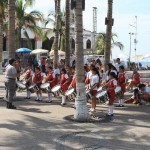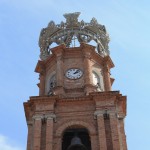We are slowly making our way South to the Osa peninsula and the biggest and most remote park in the country – Corcovado. Two days ago we drove from San Jose to Jaco. Jaco is the favorite beach party town for all folks from the capital. The town is nothing special but has a pretty cool beach and some awesome waves if you are into surfing. On the way to Jaco the road crossed the Rio Grande de Tarcoles. The river is coming down from a small national park and is nothing special if it wasn’t for the fifty 2 to 4 meter crocodiles that hang out under the bridge.
After Jaco we drove south about 75km to a small town called Manuel Antonio and the adjacent Manuel Antonio National Park. Teresa read in the guide book that the park is really popular with tourists and is heavy visited so we decided to check it out. Usually we stay away from such places but this time we said what the heck …
We came in town via a long curvy road covered with little hotels crammed in the thick jungle. We drove to the park entrance and found a convenient parking lot ten meters from the beach. We talked to the guard and he said it is ok to park for the night free of charge (success).
This morning we got up around 6:30am, and made a quick breakfast on the tailgate and precooked dinner. Yesterday evening it poured for four hours straight so we decided to try to precook dinner for tonight in the morning. Around 9am we headed to the park.
I thought the park was awesome. We saw way more wild life than in any of the other parks we have visited so far in Costa Rica. Plenty of monkeys and iguanas. We also spotted a yellow eyelash viper and a sloth (na Bulgarski tova e ‘lenivec’). I wanted to see a sloth for a long time so this was cool. Another really fantastic thing about this park were the beaches. Lots of them and all of them were paradise like. The not so cool part about the park was that it was indeed really crowded. So much so that the guides, we did not take one, were unbelievably paranoid that we were sneaking in their groups. One of the guides came to explain that ‘it is not cool’ to do that. It is impossible to walk even 10 meters without bumping into a group of 10 people staring at something. I think if we have to do this park again we will not take guides again. There is plenty to see on your own.


